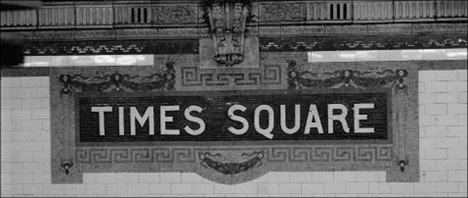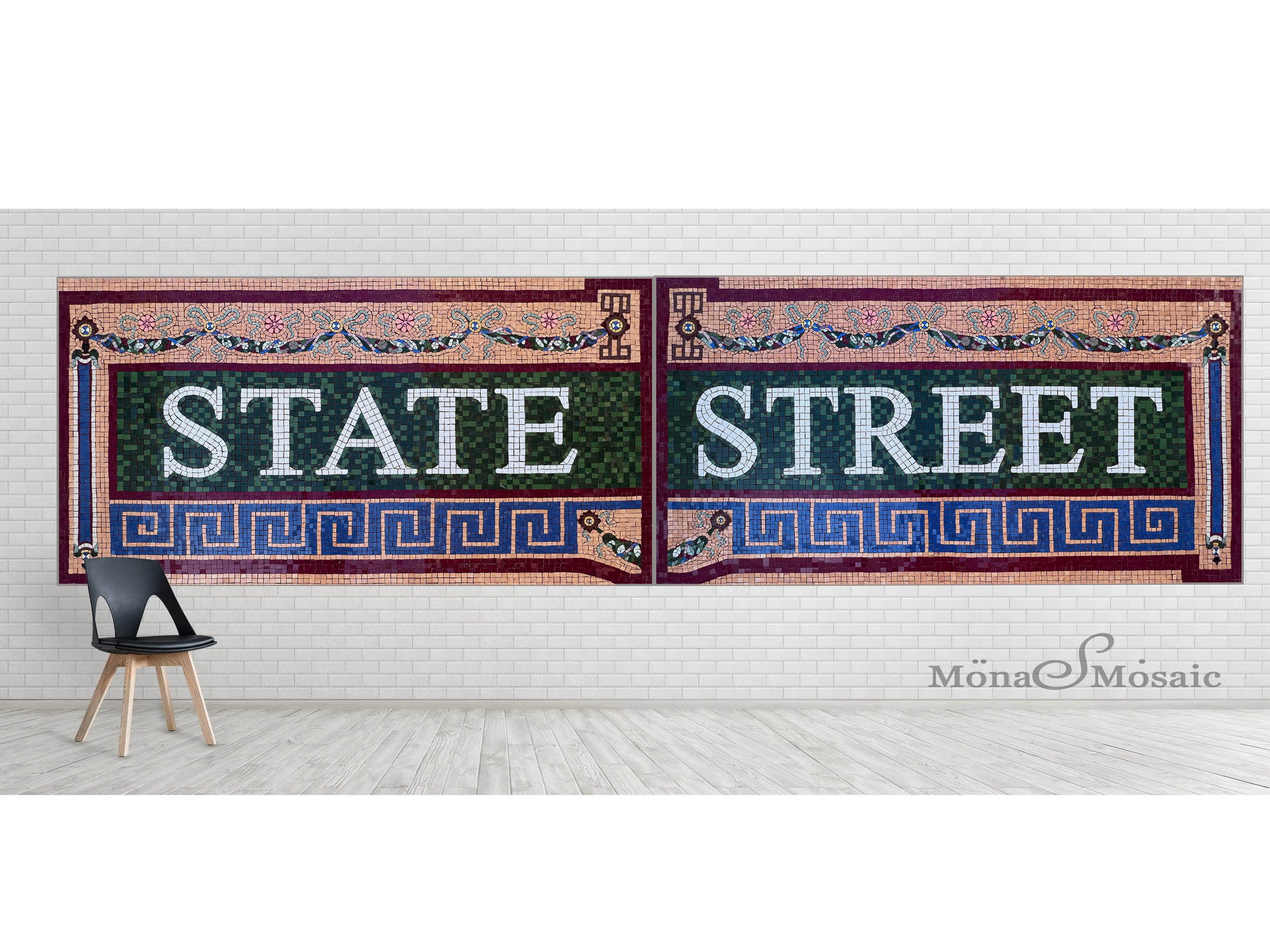A Homage to New York Subway Tile Mosaics
New York City Subway Stations are works of art in themselves. There are over 400 mosaics installed on subway platforms in the 5 boroughs of New York City. At the turn of the 20th century the subway stations were designed for functionality as well as respite for weary travelers. Ceramic tile can be cleaned easily and is durable and sturdy, perfect for the high traffic of subway stations. Much of the colorful ceramic work and relief ceramic art borders and tiles were designed by artists George C. Heins and Christopher Grant LaFarge. They were the original designers and the principal architects chosen to design the new subway network in New York at the turn of the century. Their work of beautiful ceramic tiling was in place when the subway was first inaugurated in October 27, 1904.
American architecture of this period was under the influence of the great French architectural school, the Ecole des Beaux-Arts. Many American architects traveled to Paris for study at the Ecole, and this training often placed them at the forefront of the profession upon their return. The Beaux-Arts system of design emphasized logical thinking to solve a "problem" in architecture. Architects who returned to America from the Ecole, however, brought not only a knowledge of Beaux-Arts principles, but a taste for French Renaissance architecture as well.
George L. Heins and Christopher Grant LaFarge are remembered today as the principal architects of the New York Subway project first started in 1901. Both were educated at the architectural school of the Massachusetts Institute of Technology, the first school of architecture in the United States. They were therefore influenced by the Beauxs-Art style but were not slave to it and created their own ceramic works that bore relevance to the locations of each station. They set the style and mood of the New York City Subway architecture which gives it its unique identity till today.
In 1906 Squire Vickers, a young architect was hired whose work involved the mosaics you see today. He was influenced by Heins and Farge but brought his love of mosaic art with him. Vickers worked on the Subway project for 36 years and designed and installed some of the awesome mosaics you see today. The ornate borders and and geometric patterns are Vickers passion. He was also a painter and you can see mosaic patterns in some of his original artwork. Vickers pushed the subway onto a much more pared-down, modern path than that of his Beaux-Arts predecessors. Vickers and his designers used quiltlike geometric abstractions, evoking Piet Mondrian and Sophie Taeuber-Arp.
New York Subway mosaics are a prime example of how mosaic lettering and typography can elevate the urban landscape and capture the imagination of passersby. The intricate designs and vibrant colors of these mosaics not only serve a functional purpose in wayfinding but also add a touch of artistry and personality to the bustling subway stations. They become more than just signage; they become landmarks and cultural symbols that reflect the unique character of New York City.
Mosaic art's ability to play with light and color, combined with its durability and adaptability, make it a versatile medium that continues to inspire architects, artists, and viewers alike. Whether gracing the walls of ancient temples or adorning modern urban spaces, mosaic art remains a timeless testament to human creativity and ingenuity.






